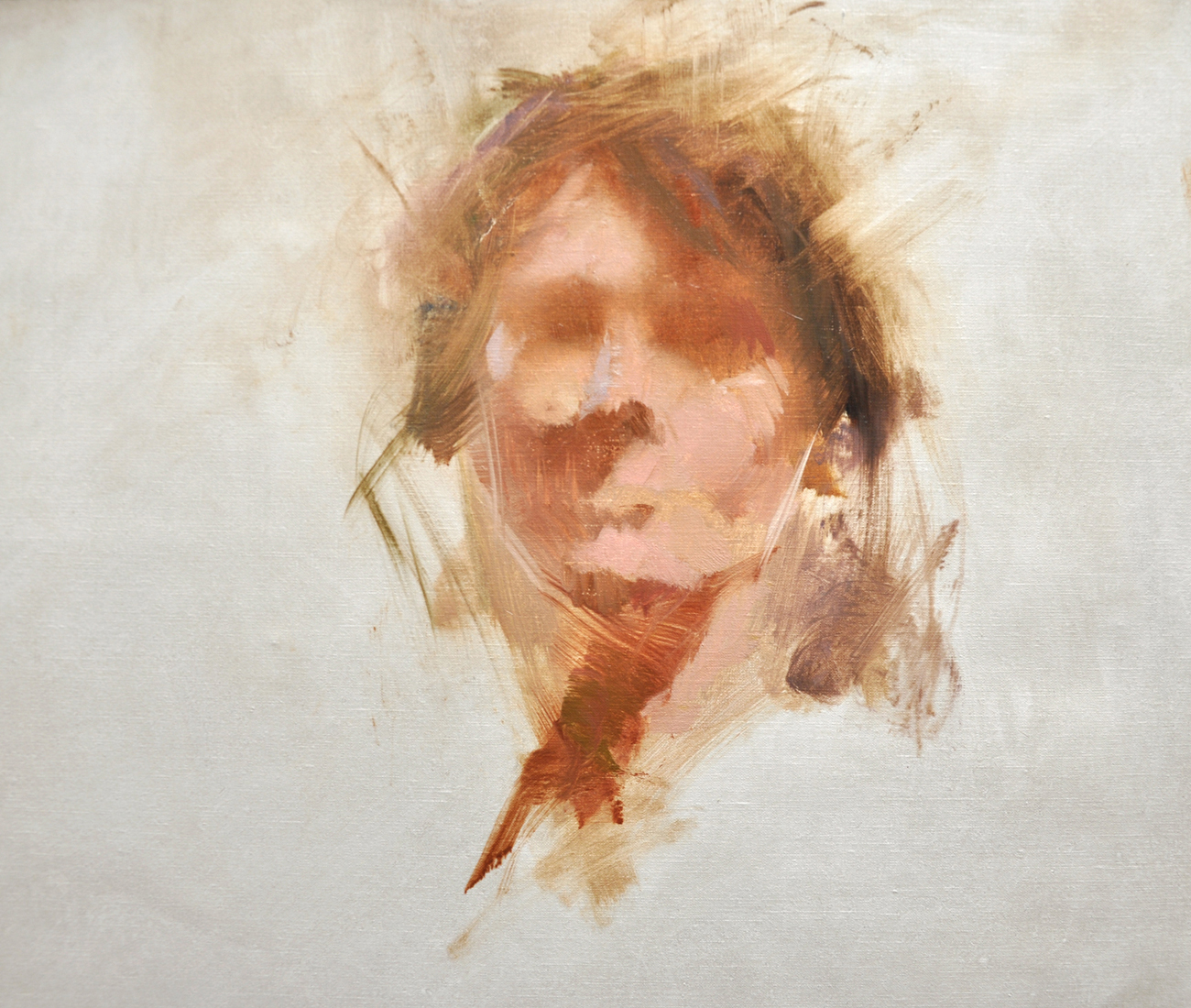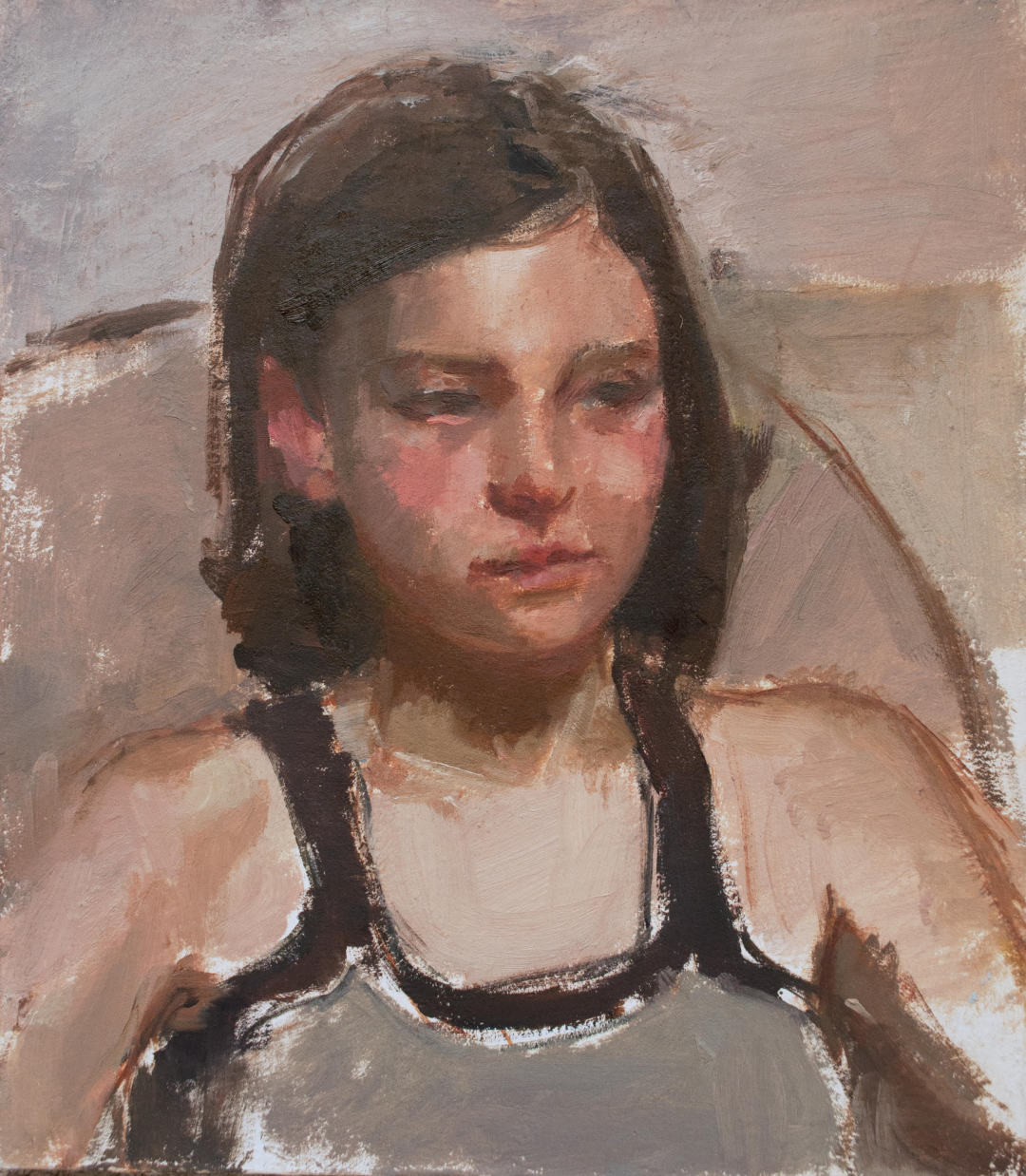Checking Out Iconic Artists and Their Influences on Figurative Oil Painting
The Evolution of Metaphorical Oil Painting: Understanding Its Historic Relevance and Modern Interpretations
The development of metaphorical oil painting works as a compelling lens through which to check out the interplay in between artistic expression and historical context. From the meticulous naturalism of the Renaissance to the stirring power of the Baroque, each period has contributed layers of definition and technique to this ageless tool. Contemporary artists, attracting from this rich heritage, are now reinterpreting the human number in methods that test standard narratives. As we explore these transformations, one need to consider exactly how the dialogue in between existing and past informs not just artistic technique yet also societal representations in an increasingly complicated world.
Origins of Metaphorical Oil Paint
The beginnings of figurative oil paint can be mapped back to the very early Renaissance in Europe, particularly in the 15th century. This duration noted a significant separation from the rigid kinds and level depictions characteristic of middle ages art. Musicians started to explore naturalism, stressing the human figure and its emotional expression. The development of oil paint enabled for better deepness of shade and detail, enhancing the realism and vibrancy of their job.

In this transformative age, figures were commonly shown within contextually rich settings, showcasing not only their physical features but additionally their mental states. Leaders such as Jan van Eyck and Titian used the tool's adaptability, using layering techniques to accomplish luminance and appearance. This innovation helped with the portrayal of complex textiles and the nuances of skin tones, adding to the development of portraiture and narrative scenes.
Moreover, the Renaissance emphasis on humanism fostered an admiration for individuality, which consequently influenced artists to develop even more vibrant and relatable numbers - figurative oil painting. Consequently, metaphorical oil painting became a powerful car for storytelling and emotional interaction, laying the foundation for future imaginative activities and styles
Trick Historical Movements
Significant historical movements have actually formed the advancement of metaphorical oil paint, each contributing distinct ideologies and strategies that increased the tool's possibilities. The Renaissance noted a crucial moment, stressing realism and the human kind, with musicians like Leonardo da Vinci and Michelangelo pressing the limits of physiological accuracy and point of view. Following this, the Baroque age brought remarkable contrasts of light and darkness, exemplified by Caravaggio, that infused religious themes with extreme emotionality.
The 19th century introduced Romanticism and Realism, where musicians such as Delacroix and Courbet challenged classic ideals, concentrating on private expression and daily life. The arrival of Impressionism better reinvented the medium by emphasizing the results of light and color, leading to a departure from standard representation.
In the early 20th century, activities like Expressionism and Cubism redefined metaphorical painting with abstraction and the exploration of emotional depth. Each of these movements not just showed the societal adjustments of their times however also laid the groundwork for modern interpretations. The interaction in between these historic movements has produced an abundant tapestry of approaches and designs, influencing modern musicians in their search of recording the human experience on canvas.
Strategies and Products Advancement

Throughout the Baroque period, strategies a fantastic read such as chiaroscuro and sfumato arised, enhancing the psychological resonance of metaphorical compositions. Musicians started to explore glazes and impasto, controling texture and brightness. By the 19th century, innovations like making use of pre-mixed paints in tubes transformed accessibility, enabling artists to paint en plein air and record the fleeting impacts of light.
The 20th century observed the introduction of artificial pigments and tools, which broadened the palette and changed the uniformity of oil paints. The expedition of new application methods, such as scheme blades and brushes of varying tightness, more diversified artistic expression. Collectively, these advancements reflect the progressing relationship in between materials, techniques, and the creative vision intrinsic in figurative oil painting.

Contemporary Interpretations
Contemporary interpretations of figurative oil painting reflect a dynamic dialogue between tradition and innovation, where artists test developed standards and discover varied styles. This development materializes in various ways, as contemporary musicians blend timeless techniques with modern principles, often addressing social, political, and personal stories.
Lots of professionals draw ideas from historical works, yet they instill their items with contemporary point of views, utilizing the human kind as a lorry for discourse on identification, society, and gender. Artists increasingly trying out abstraction, distortion, and combined media, which enables a broader analysis of the figure go and its context.
Moreover, using brilliant color schemes and unique compositions usually serves to disrupt standard checking out experiences, prompting important engagement from target markets. This shift in emphasis extends past aesthetic appeals; it reflects an expanding awareness of the intricacies of human experience in an interconnected globe.
As figurative oil paint continues to evolve, it stays a vital medium for discovering the nuances of modern life, embodying both a respect for heritage and a dedication to progressive idea. The outcome is a rich tapestry of expression that reverberates with the intricacies of the modern human problem.
Effect On Modern Art
The effect of metaphorical oil paint on modern-day art is profound, as it has continuously motivated a myriad of artistic movements and methods throughout the 21st and 20th centuries. From Expressionism to Surrealism and beyond, the exploration of the human number has actually remained a central style, permitting artists to convey complicated feelings and stories. This focus on figurative depiction has actually brought about a re-examination of typical techniques, resulting in innovative approaches that blend realism with abstraction.
Furthermore, contemporary artists have embraced figurative oil paint as a way to attend to political and social problems, using the medium to challenge perceptions of identification, society, and gender. The renewal of rate of interest in figurative work in current years mirrors a wishing for link in a progressively digital globe, where human experience and feeling are extremely important.
In addition, the discussion between figurative oil paint and contemporary art is apparent in the works of musicians such as Kehinde Wiley and Jenny Saville, who draw on historic recommendations while infusing their items with contemporary significance. Inevitably, metaphorical oil paint remains to shape and redefine modern-day creative expression, underscoring its long-lasting relevance in the art world.
Verdict
The development of figurative oil paint highlights its historic importance and flexibility throughout numerous imaginative movements. Eventually, metaphorical oil paint remains a crucial tool for exploring the human experience, resonating exceptionally in today's electronic landscape.
The evolution of figurative oil painting offers as an engaging lens via which to analyze the interplay in between imaginative expression and historic context.Significant historic activities have actually formed the advancement of figurative oil painting, each contributing distinct approaches and strategies that expanded the medium's possibilities.As historical movements shaped the trajectory of figurative oil painting, the materials and strategies employed by artists have also undertaken significant changes. figurative oil painting.The effect of figurative oil painting on modern art is extensive, as it has continually inspired a myriad of artistic movements and techniques throughout the 21st and 20th centuries.The advancement of metaphorical oil painting highlights its historical significance and adaptability throughout numerous imaginative motions